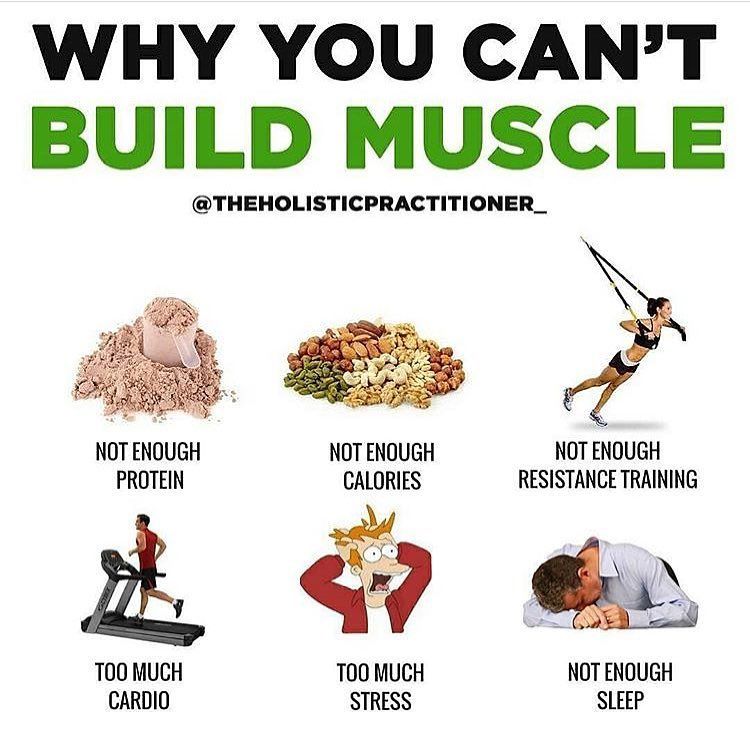
Beginners need to be able to lift weights. There are many weightlifting styles, each with their own sets and repetitions. Beginners should concentrate on the first few months. This is why you need to use lighter weights and a proper technique. You can consult a trainer or a fellow lifter for advice and support if your first time lifting. In addition, try to mix and match exercises, such as barbell squats, deadlifts, standing presses, and rows.
Strength training is great for beginners because you don't need to be a pro athlete. Stronger bones are possible by building muscle. It can be intimidating at first. Women should start slowly and work their way up to advanced levels. Annie Brees, personal coach, suggests a simple program that focuses on bodyweight exercises. This includes sit-ups as well as pushups. For those who are more experienced, she suggests resistance bands or suspension-training systems.

Once you achieve a certain level strength, you can work harder by learning new exercises. For beginners, a strength training routine should include two to four exercises per muscle group for the upper body and three or four for the lower body. Experts suggest that you start with the larger muscle groups because they are the most difficult. However, the smaller muscles are also important. Keep in mind that the more challenging the exercises, the higher your level of proficiency.
Once you've created a routine for your workout, you can begin adding weight to it. To build muscle faster, as a beginner, you must maintain good form. For beginners, weight lifting is not a difficult task if you remember to do it with the proper form. If you know how to lift weights correctly, you will be able to achieve a lean body. You should also be willing to learn the proper techniques to perform all of the exercises.
Weightlifting is a great way of losing body fat and building lean muscle. Each set should consist of eight to twelve repetitions. Intermediate strength training should include two to three sets. Beginners should increase how many repetitions you do in each set. This is because the heavier the weights are, the more difficult and challenging the exercises. No matter if you are a beginner or an experienced athlete, it is important to remember that you are training to build muscle.

Start strength training with a very simple routine with a lighter weight. Don't overdo it too much or you'll end up hurting yourself. For beginners, limit your workouts to 2 per week. This will help prevent injury. Make sure you practice proper form. You will also need to practice with a partner. After mastering a few movements, it's possible to add more weights.
FAQ
Are there 5 ways to have a healthy lifestyle?
Living a healthy lifestyle involves eating right and exercising regularly. Eating well means avoiding processed foods, sugar, and unhealthy fats. Exercise helps burn calories and strengthens muscles. You can improve your memory and concentration by getting enough sleep. Stress management reduces anxiety, depression and other symptoms. And finally, having fun keeps us young and vibrant.
How to measure body fat?
The best way to measure body fat is with a Body Fat Analyzer. These devices are used for measuring the percentage of body fat in people who want to lose weight.
Why does weight change as we age?
How do you know if your bodyweight changes?
When there is more muscle mass than fat, weight loss can occur. This means that daily energy needs must be greater than the calories consumed. A decreased level of activity is the main cause of weight loss. Others include pregnancy, hormonal imbalances or certain medications. When there is more fat than muscles, it's called weight gain. This happens when people consume more calories than they burn during the day. There are many reasons for this, including overeating and increased physical activity.
Our bodies lose weight because we eat fewer calories than we burn. When we exercise regularly, we increase our metabolism rate which burns off more calories throughout the day. But this doesn't guarantee that we'll lose weight. All that matters is whether we're losing weight or gaining muscles. Weight loss is possible if you burn more calories than you consume. If we consume more calories that we burn, we are actually storing them in fat.
As we age, our ability to move around is slower and we are less mobile. We also tend to consume less food than when we were younger. We tend to gain weight. On the flip side, we tend to have more muscle mass so we look bigger than we really are.
It's not possible to measure how much weight your body has lost without weighing yourself every week. There are many methods to measure your weight. There are many ways to measure your weight. You can check your waist, hips, thighs, arms and legs. Some prefer to use the bathroom scales, others prefer to use tape measures.
For a better track of your progress, try to weigh yourself once per week and measure your waistline once every month. You can also take photographs of yourself every few years to track how far your progress has been.
Online measurements of your height and weight can help you determine your body mass. If you're tall at 5'10", and weigh 180lbs, your weight would be 180.
Statistics
- This article received 11 testimonials and 86% of readers who voted found it helpful, earning it our reader-approved status. (wikihow.com)
- The Dietary Guidelines for Americans recommend keeping added sugar intake below 10% of your daily calorie intake, while the World Health Organization recommends slashing added sugars to 5% or less of your daily calories for optimal health (59Trusted (healthline.com)
- WHO recommends reducing saturated fats to less than 10% of total energy intake; reducing trans-fats to less than 1% of total energy intake; and replacing both saturated fats and trans-fats to unsaturated fats. (who.int)
- According to the 2020 Dietary Guidelines for Americans, a balanced diet high in fruits and vegetables, lean protein, low-fat dairy and whole grains is needed for optimal energy. (mayoclinichealthsystem.org)
External Links
How To
What does the "vitamins” word mean?
Vitamins are organic compounds naturally found in food. Vitamins allow us to absorb nutrients from food. Vitamins are not made by the body, so they must be obtained through food.
There are two types if vitamins: water soluble, and fat soluble. Water-soluble vitamins dissolve in water easily. Examples include vitamin C,B1 (thiamine), B2 (riboflavin), B3 (niacin), B6 (pyridoxine), folic acid, biotin, pantothenic acid, and choline. The liver and fat soluble vitamins are stored within the liver and in fatty tissue. These include vitamin D, E and K, as well as beta carotene.
Vitamins can be classified according to biological activity. There are eight major vitamin groups:
-
A - Essential for healthy growth and health maintenance.
-
C – essential for proper nerve function.
-
D - essential for healthy bones, teeth, and gums.
-
E is required for good vision and reproduction.
-
K - essential for healthy muscles, nerves, and bones.
-
P - Essential for strong bones and teeth.
-
Q – aids digestion of iron and iron absorption
-
R - Required for red blood cell production
The recommended daily allowance (RDA) of vitamins varies depending on age, gender, and physical condition. The U.S. Food and Drug Administration has established the RDA values.
For adults 19 years and over, the RDA of vitamin A is 400mg per day. Because it is essential for the development of the fetus, pregnant women should consume 600 micrograms per daily. Children ages 1-8 require 900 micrograms per day. For infants younger than one year, 700 micrograms are required daily. However, this number drops to 500 micrograms each day for children aged 9-12 months.
Children aged 1-18 years need 800 micrograms daily, while children overweight require 1000 micrograms per days. Children who are severely obese or underweight will need 1200 micrograms each day.
2200 mg of vitamin A per day is required for children aged 4-8 who have been diagnosed by anemia.
2000 micrograms are required daily for good health in adults over 50. Mothers who are pregnant, nursing, or have a high nutrient need will require 3000 micrograms a day.
Adults over 70 need 1500 micrograms daily, as they lose 10% of their muscle every ten years.
Women who are pregnant and lactating need more nutrients than the RDA. Pregnant women need 4000 micrograms per dayduring pregnancy and 2500 micrograms per day after delivery. Breastfeeding mothers require 5000 micrograms daily when breast milk production is occurring.